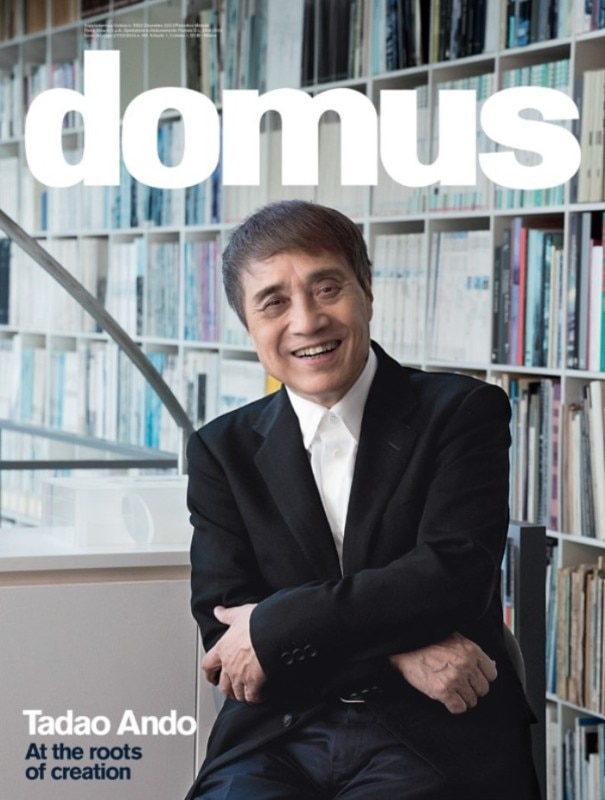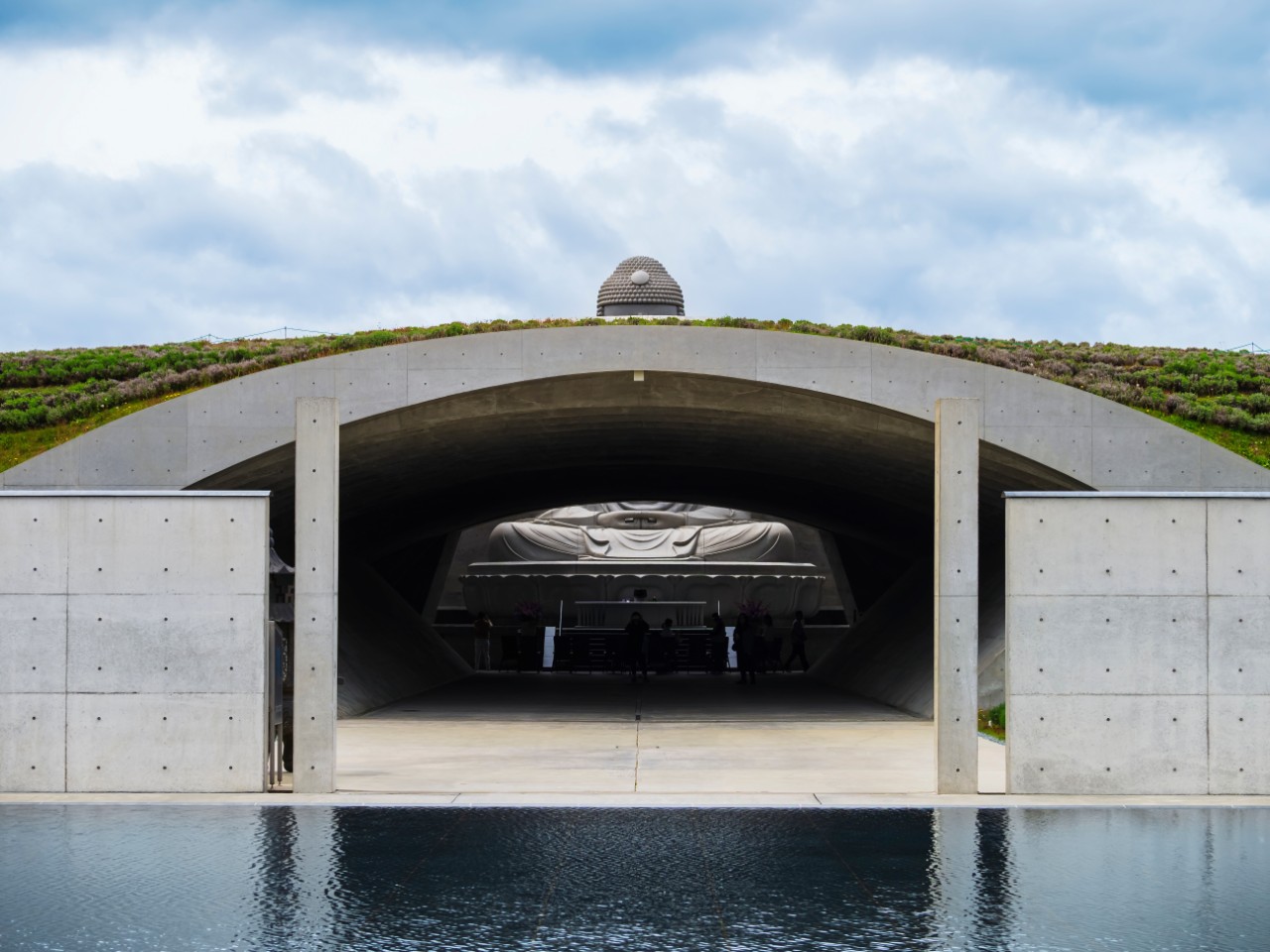It is not easy to condense into a tiny narrative space the personality of Tadao Ando (Osaka, Japan 1941), a designer whose lexicon is as anti-conventional and “understated”, far from any clamour, as it is exceptionally “eloquent” and has remained a reference in the international architectural scene for decades. A lexicon rooted as much in the cultural traditions of Japan as in international Modern, in the search for a spatial archetype of pure, unadorned geometries, of silent and introverted compositions, where light and water are design materials just like reinforced concrete, and where contrasts of light and shadow, full and empty, abstract and material draw powerfully evocative spaces.

From the first single-family houses in the 1970s, moving on to larger and more complex programmes and projects such as churches, galleries and museums in the 1980s and up to the present day, Ando's spatial research has retained its distinctive poetic elements, declining them each time with sensitivity and precision, making his work among the most recognisable and globally admired, as attested by the Pritzker Prize he received in 1995. In 2021, Tadao Ando took on the role of Domus Guest Editor.
Domus has selected five works that embody Ando's profoundly recognisable poetics, coherent over the decades, regardless of context and scale: from the first small buildings (Church of Light), to those on a vast dimension (Rokko Housing, Buddha Hill), to works in dialogue with the historical (Punta della Dogana) and contemporary (Fort Worth Museum of Modern Art) context.












